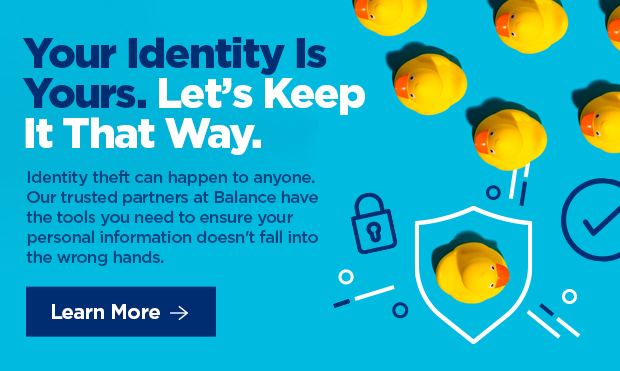There’s little in life that’s more frustrating than a computer that refuses to do its job. You click and swipe, type and jab, but nothing is solving the issue. And then, like your own private miracle, a message appears on your screen. It says: “Technical difficulties? Click here for assistance.”
Unfortunately, if you follow the instructions on the screen, you’ll likely be falling directly into a scammer’s trap. Here’s what you need to know about technical support scams and how to prevent yourself from falling victim to these ruses.
How a technical support scam plays out
In a technical support scam, a target will receive an email, text message, pop-up or even a phone call that’s from a “computer technician” who works for a well-known company. The “company rep” will offer to help the target with any computer issues they may (or may not) be having. They’ll direct the target to call a specific number or click on an embedded link, which will connect them to the “rep” who can supposedly help them. Once connected, the scammer will ask the victim to pay for the services before they’re rendered using a money wire, prepaid gift card or cryptocurrency. Once the payment has been made, the scammer will disappear.
In other variations of the scam, the alleged computer rep will ask for payment via credit card and then fraud the victim using this information. Or, they may demand checking account details and then steal the victim’s identity. In yet another variation, they’ll ask for access to the victim’s computer and then proceed to install malware on the computer, which can enable them to steal the victim’s identity sometime in the future.
Red flags
Watch out for these red flags to alert you to a possible technical support scam:
- You receive an unsolicited message or phone call offering technical support for an issue you aren’t having.
- You receive an unsolicited message or phone call offering technical support with the caveat that you pre-pay via wire transfer, prepaid gift card or crypto.
- You’re asked to share your credit card or banking account details over the phone or by email with an unverified contact.
- A pop-up message appears on your screen claiming there’s a security issue with your computer and directing you to call a specific number. The pop-up may use a logo from a trusted company.
What you need to know about tech support
This information can help you avoid falling for a tech support scam:
- Legitimate tech companies will never reach out to you via phone, email or text message to let you know your computer is having issues.
- Security pop-up warnings from authentic companies will never ask you to call a number or click on a link.
- Legitimate companies will never demand that you pay for a service via wire transfer, prepaid gift card or cryptocurrency.
- Logos are easily spoofed and should never serve as proof of a message’s true origin.
Protect yourself
Don’t fall prey to a tech support scam!
First, if you ever run into technical difficulties with your computer, don’t wait for a rep to contact you offering assistance. Instead, directly reach out to a trusted company. Find their contact info online, through an official business listing or website, and definitely not through a pop-up ad.
Another wise course of action to take when you believe there may be a problem with your computer is to update your computer’s security software and run a scan. This will ensure your computer is operating at its strongest capacity and help you identify any potential problems.
Finally, never provide access to your device to an unverified contact. Similarly, never share sensitive information over the phone or email unless you are absolutely sure of the contact’s authenticity.
If you’ve been targeted
If you believe you’ve been targeted by a tech support scam, there are steps you can take to mitigate the damage.
If you’ve given a scammer remote access to your computer, update your computer’s security software as soon as possible. Run a scan, too, and delete anything flagged as a problem. If you’ve shared your username and password with a scammer, change all passwords on your accounts, being sure to create strong, unique codes that aren’t related to your personal information.
Finally, you’ll also want to report the scam to the FTC at ReportFraud.ftc.gov. This way, the authorities can take the appropriate measures toward apprehending the criminals behind the scam.
Don’t get caught in a tech support scam! Use the tips here to stay safe.






Comments Section
Please note: Comments are not monitored for member servicing inquiries and will not be published. If you have a question or comment about a Quorum product or account, please visit quorumfcu.org to submit a query with our Member Service Team. Thank you.